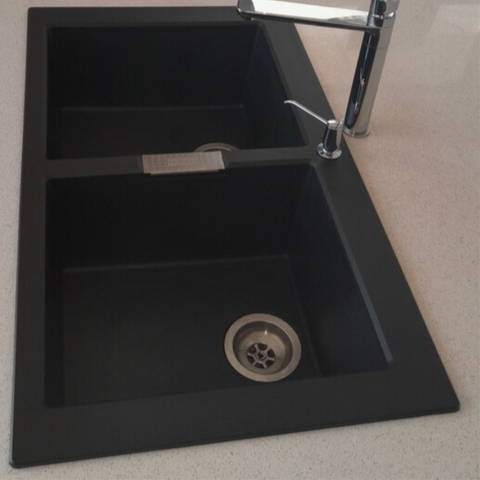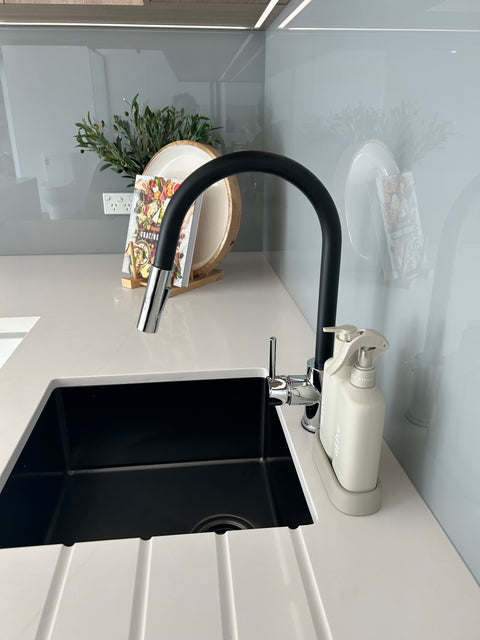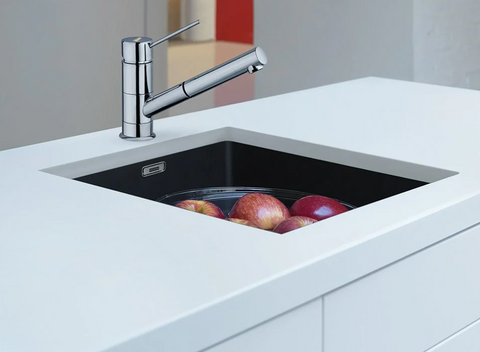A Step-by-Step Guide on How to Change Your Kitchen Tap
Introduction: Updating your kitchen's appearance and functionality doesn't always require a full renovation. Sometimes, a simple change like replacing your old kitchen tap can make a significant difference. Whether you're looking to enhance the aesthetics of your space or fix a leaky tap, this step-by-step guide will walk you through the process of changing your kitchen tap.
Step 1: Gather Your Tools and Materials: Before you begin, ensure you have all the necessary tools and materials on hand. You'll likely need an adjustable wrench, a basin wrench, a screwdriver, plumber's tape, the new kitchen tap, and possibly a bucket or towel to catch any water that may drip.
Step 2: Turn Off the Water Supply: Locate the water shut-off valves under the sink and turn them off. If your sink doesn't have individual shut-off valves, you may need to shut off the main water supply to your home.
Step 3: Drain the Water Lines: To avoid any water spillage, turn on the old tap's handles to drain any remaining water from the lines. Keep a bucket or towel handy to catch any drips.
Step 4: Disconnect the Supply Lines: Using an adjustable wrench, carefully disconnect the supply lines from the old tap. Be prepared for a small amount of water to spill out during this process. Place a towel or bucket underneath to catch any drips.
Step 5: Remove the Old Tap: Depending on your tap's design, you might need to remove a nut or a mounting bracket that secures the tap in place. A basin wrench can be especially useful for hard-to-reach places. Once the tap is loose, gently lift it off the sink.
Step 6: Clean the Area: Before installing the new tap, take a moment to clean the sink's surface and remove any debris or residue left behind from the old tap.
Step 7: Install the New Tap: Follow the manufacturer's instructions for installing the new tap. This usually involves sliding the tap into place and securing it using the provided hardware. Make sure everything is aligned correctly before tightening the nuts or mounting bracket.
Step 8: Attach the Supply Lines: Connect the hot and cold supply lines to the appropriate inlets on the new tap. Hand-tighten the connections first and then use an adjustable wrench to give them a final snug turn. Make sure not to overtighten, as this could damage the connections.
Step 9: Apply Plumber's Tape: Wrap plumber's tape around the threaded portions of the supply lines to ensure a watertight seal. This step helps prevent leaks.
Step 10: Turn On the Water Supply: Slowly turn on the water supply valves and check for any leaks around the new tap and supply line connections. If you spot any leaks, tighten the connections slightly until they stop.
Step 11: Test the Tap: Turn on the new tap's handles and check if hot and cold water flow as expected. Make sure there are no unusual noises, leaks, or drips.
Step 12: Clean Up: Dispose of any old materials, packaging, and debris from the installation. Give your sink a final wipe-down to remove any fingerprints or smudges.
Conclusion: Changing your kitchen tap might seem like a daunting task, but with the right tools and a little patience, it's a DIY project that can make a big difference in your kitchen's appearance and functionality. By following this step-by-step guide, you'll be able to replace your old tap with a new one and enjoy the benefits of a refreshed kitchen space. If you're unsure about any step of the process, don't hesitate to consult a professional plumber for assistance.




